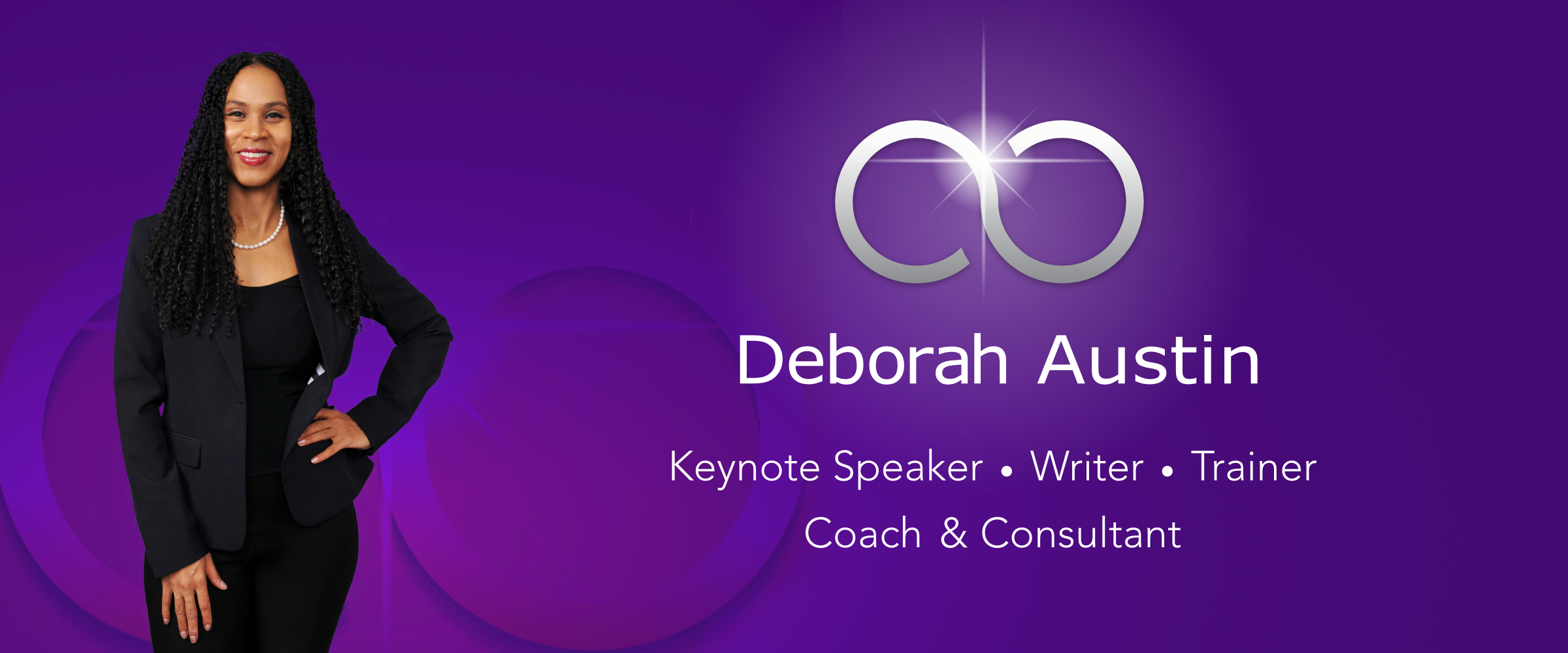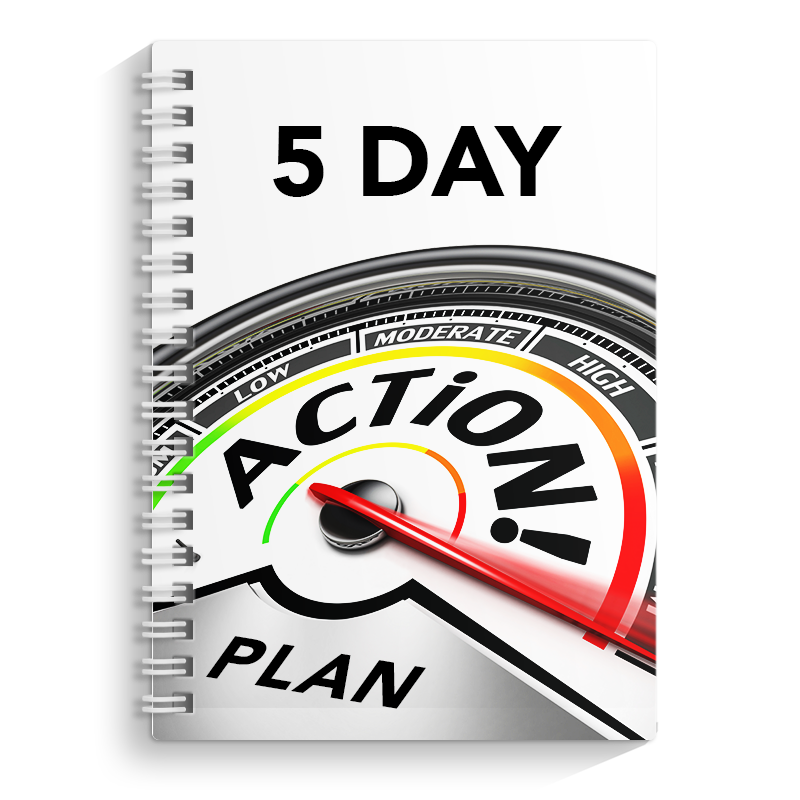Imagine a magician who has various props that he will be performing with on stage. In order to use the props effectively, he would have practiced with them well in advance of his show. The seamless use of props will enable the magician to connect with his audience and deliver an amazing performance. When audience members see the magician use his props effortlessly, they are entertained and believe he is a professional.

If you want to perform or speak successfully in public, think about the ways in which you use your visual aids to enhance your message. When you rehearse in advance with your visual aids, your performance is more polished.
Visual aids can include props you use to tell stories, flip charts for training or other tools such as PowerPoint presentations where you use a laptop, a projector and a screen. The purpose of visual aids is to assist you in getting your message across when you speak before an audience.
Here are five tips to help you use your visual aids effectively. They are:
1.Know your material well. As a speaker, know your material well enough that you are able to present with AND without any visual aids or technology. The reason being that in the event that your visual aids don’t work or go missing you can still deliver your presentation. As we all know, technology is not infallible and you don’t want to be overly reliant on your visual aids. Being a professional means that you are able to present even if your technology fails at any point during your presentation.
2.Practice with your equipment and visual aids. Practice well in advance with your equipment and visual aids before delivering any presentation, especially with PowerPoint. Practicing includes rehearsing and testing your laptop, projector and wireless presentation device i.e. clicker before delivering your speech.
3. Arrive early at the venue. Arriving well in advance before you deliver your presentation ensures that you have adequate leeway to troubleshoot any issues that arise. Arriving early allows you to relax before your presentation, test your equipment, and greet members of your audience.
4.Look at your audience when presenting. When you are using a PowerPoint presentation, ensure that you are not reading directly off your slides with your back to the audience. Angle yourself so that you can read/reference your slides while still looking at your audience to maintain the rapport and connection.
5.Use large letters, print neatly and use dark markers on flip charts. Even though PowerPoint has become the de facto presentation software in use (Mac users use Keynote), there are still speakers / trainers who enjoy using flip charts. Flip charts would typically be used in smaller rooms and can be used for various purposes, mainly for recording the audience’s perspective or for group exercises. When using flips charts, write legibly and neatly in large print. Also use black as the base colour with red or blue markers as accent colours so that people at the back of the room can see the writing on the flip chart.
In the end analysis, visual aids should be used as a way to enhance your message and not detract from it. You don’t want them to act as a barrier between you and your audience. Your visual aids or any technology for that matter should not overshadow you as the speaker. When used effectively in your speeches and presentations, visual aids can help you to deliver a professional and polished performance.
Please share and comment if you received value from this post.


Please note: I reserve the right to delete comments that are offensive or off-topic.